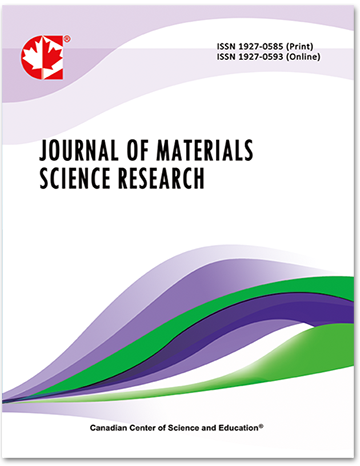Strain Aging in Boron Alloyed Multi-Phase С- Mn – Si – Steel Wire Rod
- Anatoliy Nesterenko
- Alexander Sychkov
- Valeriy Plyuta
- Mikhail Blokhin
Abstract
The specimens of C – Mn – Si - steel wire rod 5.5 mm in diameter with 0.005% B and without B additions from Moldova Steel Works had been studied. It was been established by crystallographic-geometrical analysis, that the boron atoms could be allocate in B – alloyed a – Fe only in the positions of a sub-interstitial solid solution. By study a static strain aging (SSA) and a dynamic strain aging (DSA) specimens of wire rod by C – Mn – Si - steel with B and without B (both with multi-phase (ferrite- martensite (bainite)-pearlite) microstructures) more expressed decreasing of strengthening properties and higher characteristics of ductility had been determined for C – Mn – Si - steel specimens with B. These results could be explained by “de - nitrogenous” and “de - carbonaceous” mechanisms, when boron atoms from a – Fe sub-interstitial solid solution by producing wire rod and by its strain aging thermal treatment with temperatures 150 - 450 °С generate boron- nitrogenous and boron - carbonaceous – nitrogenous precipitations. By realizing these mechanisms nitrogen and carbon atoms are partly excluded from the dislocation pinning’s process. This, in fact, explains to inhibit the development of strain aging (SSA and DSA) in boron- micro-alloyed C – Mn – Si - steel.- Full Text:
 PDF
PDF
- DOI:10.5539/jmsr.v7n3p78
Journal Metrics
Impact Factor 2022 (by WJCI): 0.583
Google-based Impact Factor (2021): 0.52
h-index (December 2021): 22
i10-index (December 2021): 74
h5-index (December 2021): N/A
h5-median (December 2021): N/A
Index
- CAS (American Chemical Society)
- CNKI Scholar
- Elektronische Zeitschriftenbibliothek (EZB)
- EuroPub Database
- Excellence in Research for Australia (ERA)
- Google Scholar
- Infotrieve
- JournalTOCs
- LOCKSS
- NewJour
- PKP Open Archives Harvester
- Qualis/CAPES
- SHERPA/RoMEO
- Standard Periodical Directory
- Universe Digital Library
- WJCI Report
- WorldCat
Contact
- John MartinEditorial Assistant
- jmsr@ccsenet.org
